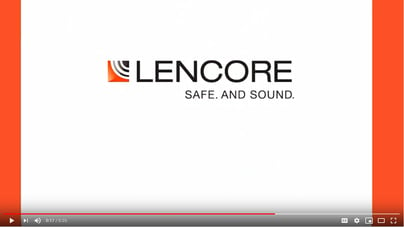Hospitals are heavily challenged these days to provide patients with quality care, privacy, safety and comfort. In order to gauge patient satisfaction, the Center for Medicare and Medicaid (CMS), established a survey known as Hospital Consumer Assessment of Healthcare Providers and Systems survey (HCAHPS). HCAHPS measures patients’ perceptions on care on 10 dimensions. CMS compiles the ratings and publishes the results which can be found at https://www.medicare.gov/hospitalcompare/search.html?. Consumers, i.e. patients can review and compare hospitals on the 10 dimensions surveyed.
What is the importance of HCAHPS to hospitals? CMS uses the ratings to establish Medicare and Medicaid disbursements. Hospitals with a higher ranking will receive more funds. And, can be a significant cash flow contributor to operations. On the flip-side, patients not in need of emergency services can review ratings and select to receive care at hospitals with higher ratings.
Watch the sound masking shutdown sequence video here
So what does this have to do with comfort and sound masking?
One specific question on the HCAHPS survey asks, “was your room quiet at night?”. As we know, sleep is a vital part of the healing process but, as a patient, s/he is often disturbed in this environment by nurses, doctors, other patients and visitors. The dimension that this question contributes consistently scores at the bottom of the satisfaction survey. Sound masking has proved to increase patient satisfaction by helping to minimize unwanted noise and disturbance. The use of sound masking in these environments has resulted in substantial improvement of HCAHPS.
How does sound masking work?
Sound masking raises the ambient background sound level within an environment so that speech falls under the background sound level and is less intelligible. Sound masking is a digital noise that is comfortable and engineered to mask speech frequencies. Both speech privacy and comfort are key criteria for a sound masking system.
Code compliance is also critical in healthcare and is not optional. Muting or shutting down the sound masking is a requirement of NFPA 72 (2010 code and beyond) and the ADA. A product must meet the UL 2572 standard to interface with a Fire Alarm Control Unit (FACU). Lencore offers i.Net (sound masking, paging and audio) as a solution to interface with the Fire Alarm Control Unit (FACU), in order to shut down or mute the sound masking, in the event of a fire emergency.



.png?width=58&height=58&name=X_logo_2023_(white).png)
